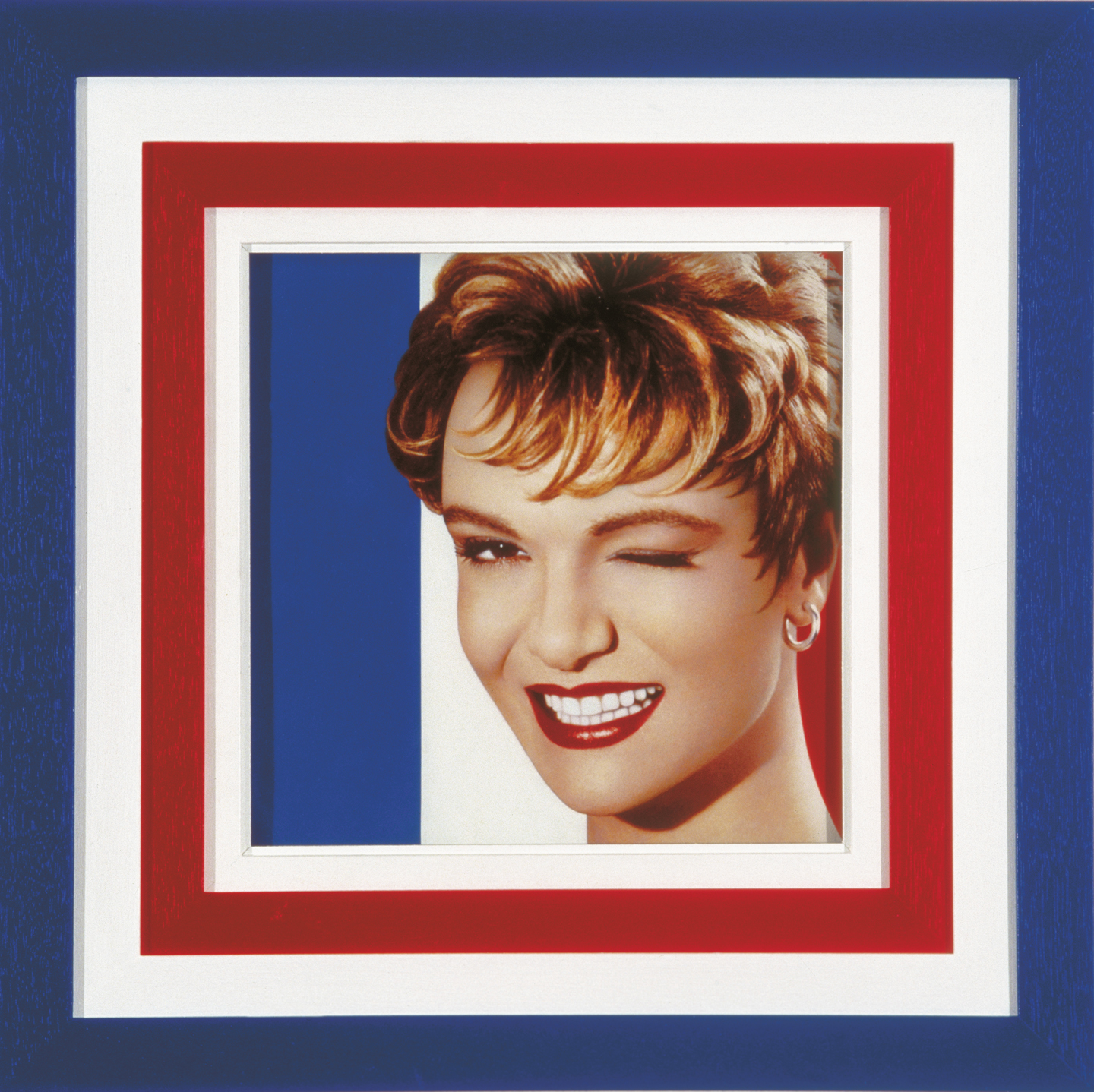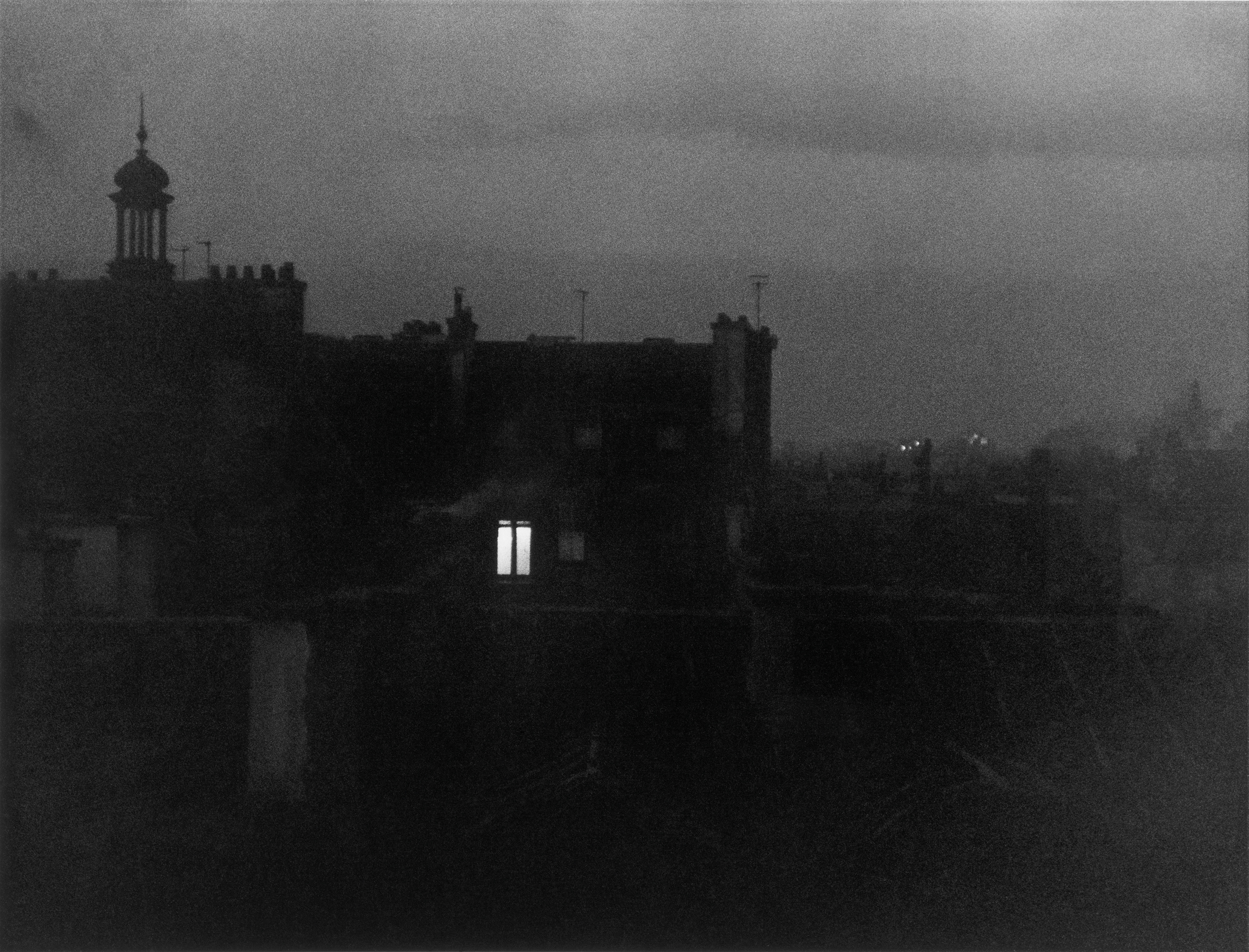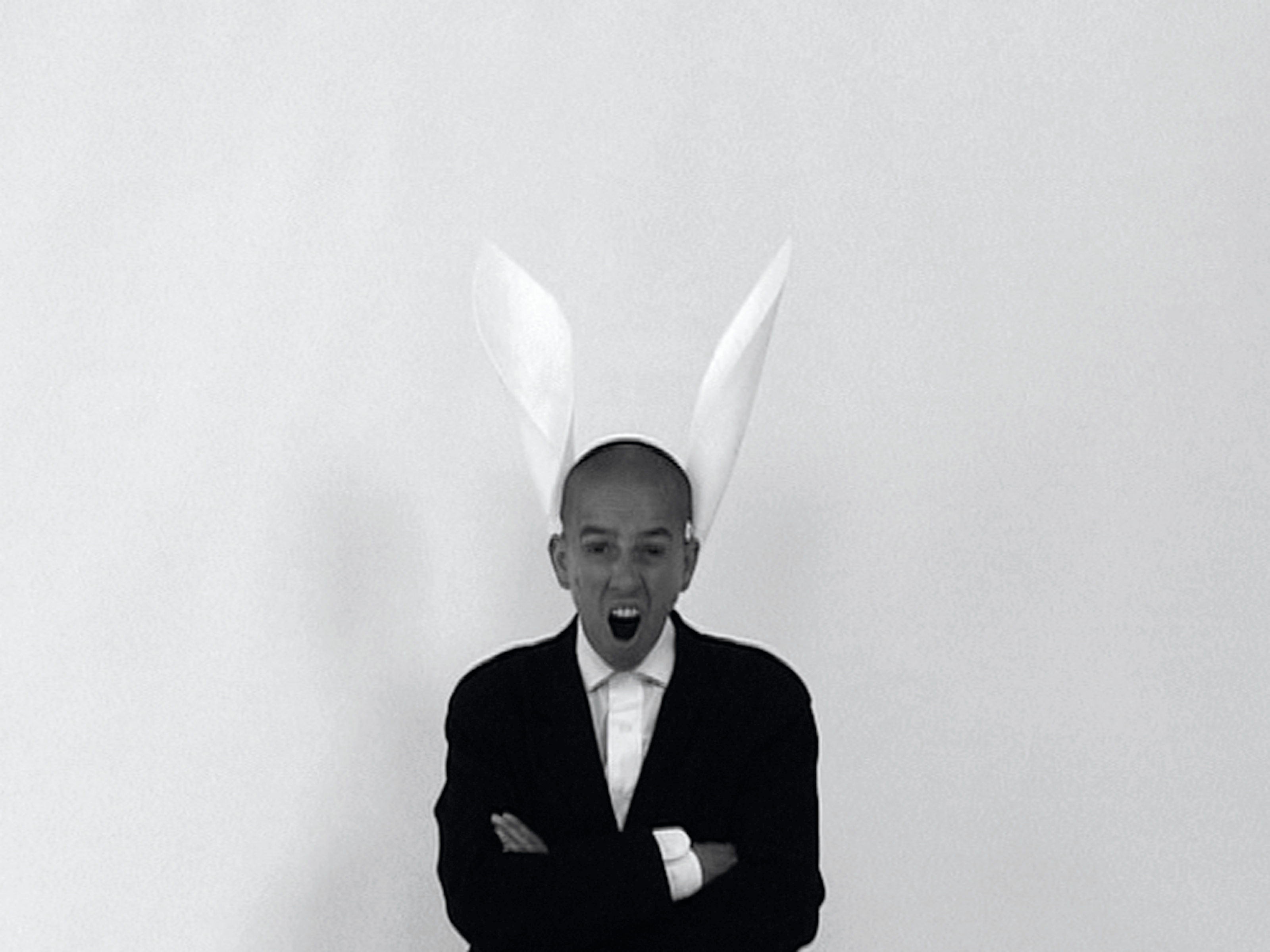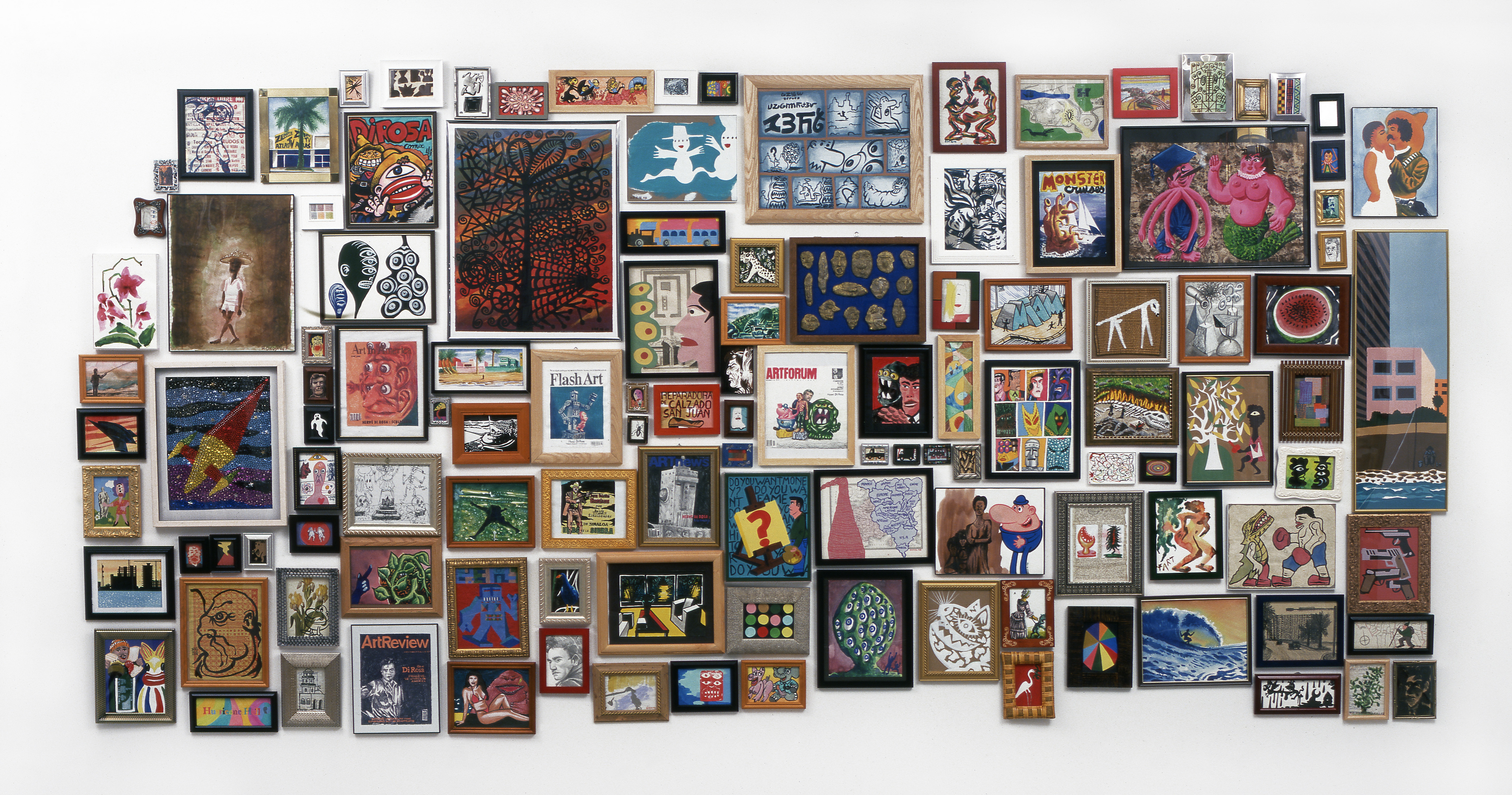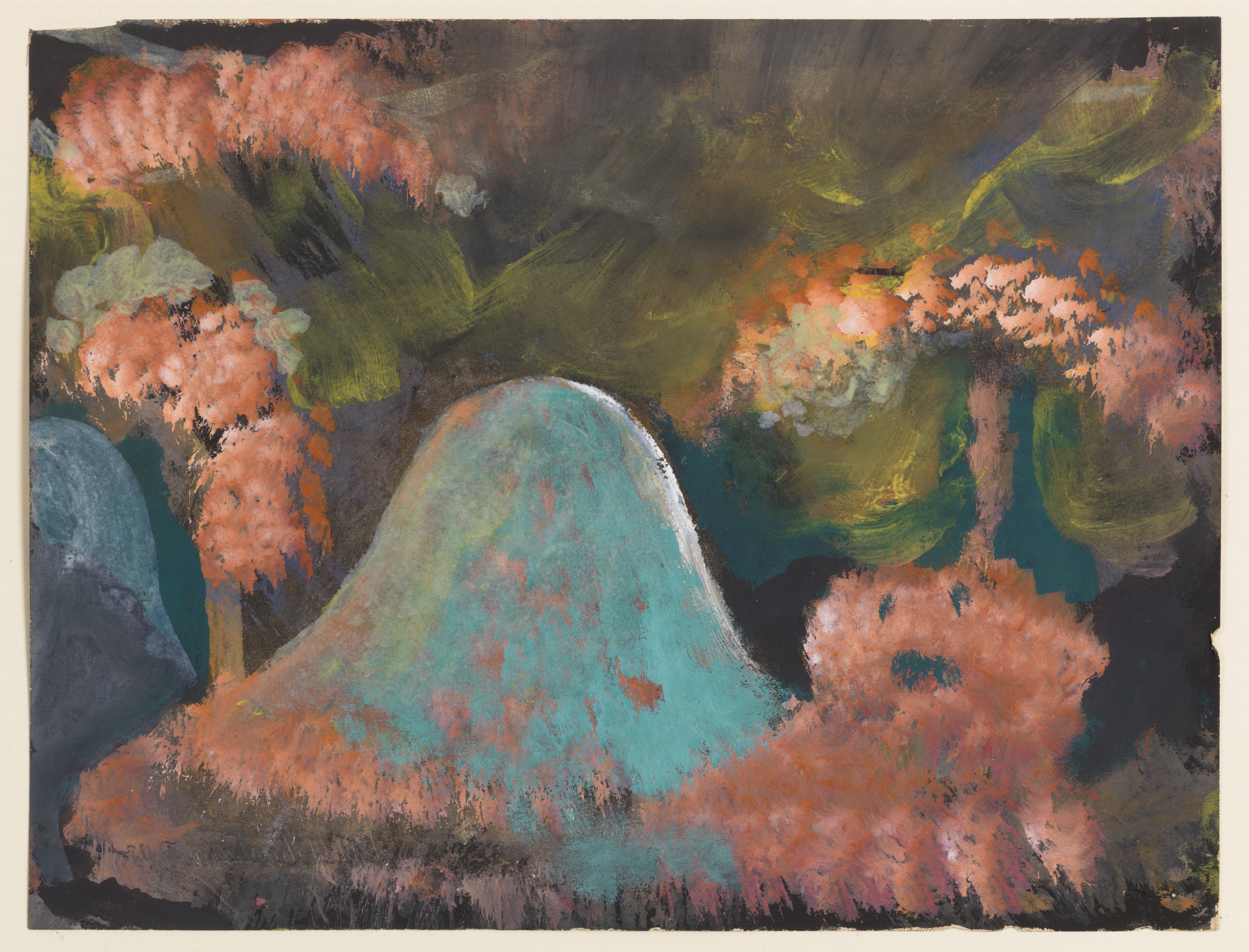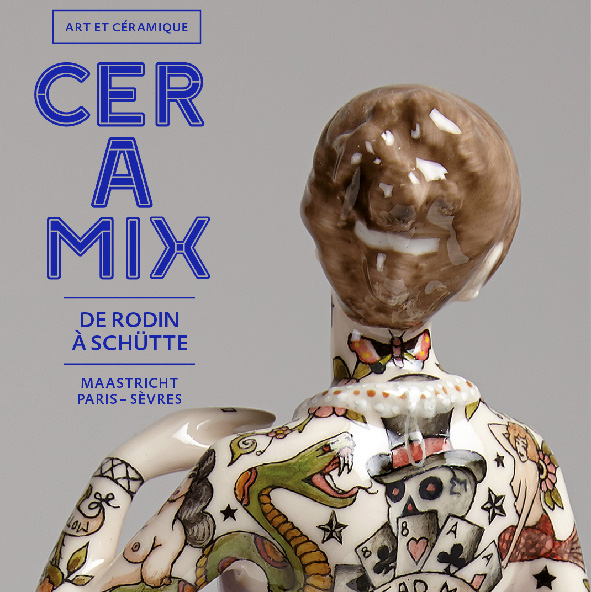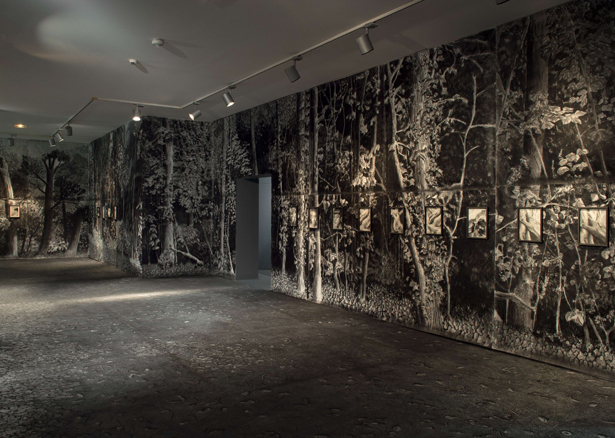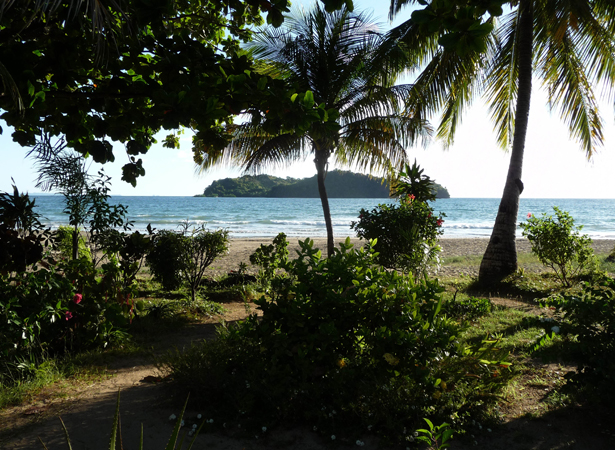February 24–May 21, 2017
10 boulevard de la bastille
75012 Paris
France
Hours: Monday and Wednesday–Sunday 11am–7pm
Thursday 11am–9pm
T +33 1 40 01 08 81
F +33 1 40 01 08 83
info@lamaisonrouge.org
La maison rouge presents L’Esprit français, Countercultures, 1969-1989, a thematic group exhibition by curators Guillaume Désanges and François Piron.
From Narrative Figuration to the hardcore graphics of Bazooka, from Les Editions Champ Libre to the first "radios libres" (a form of pirate radio), from Hara-Kiri to Bérurier Noir, the exhibition looks at the formation of a critical, irreverent, dissenting "French spirit" by proposing a multitude of crossovers and affinities. Through some 60 artists and over 700 works and documents, spanning newspapers, flyers, posters, and extracts from films, videos and television shows, it purposely looks to other creative "genres" than those generally in the spotlight of contemporary art. It is an opportunity to show rarely-seen pieces, such as notebooks from the Dziga Vertov Group (formed by Jean-Luc Godard and Jean-Pierre Gorin), a monumental sculpture by Raymonde Arcier, and Henri and Marinette Cueco’s "school books," and to commission original works from Kiki Picasso (Il n’y a pas de raison de laisser le blanc, le bleu et le rouge à ces cons de français, 2016–17), Jean-Jacques Lebel (L’Internationale Hallucinex, 1970–2017) and Claude Lévêque (Conte cruel de la jeunesse, 1987–2017).
Themes of sexualities, militancy, dandyism and violence run through the exhibition, which is structured as chapters. The focus of these chapters includes alternative education and sabotage of the French identity, but also the influence of Marquis de Sade on certain radical practices. Alternative means of production and diffusion in the media and the press, ongoing protestatory violence and its equally brutal repression contributed to a darkening social landscape against a backdrop of crisis, growing mass unemployment, segregation, and the soulless, tightly-wound housing projects that became a catalyst for social malaise.
In France, it’s just a short step from counterculture to subculture, and many of the artists shown deliberately and openly chose not to go towards art but nonetheless stayed close, sometimes very close, as though to tap into it without having to conform to it. Others, within this field, never strayed from ways that "weren’t the done thing": figuration, caricature, ethnography, political militancy. These aesthetic dissidences are all forms of resistance to a formal order of things, and which restore diversity to a rather colourless history of French art. The purpose of this invocation of once marginalised ideas and practices is to shed a non-nostalgic light on cultural mutations, but also bring a certain form of energy back to life.
